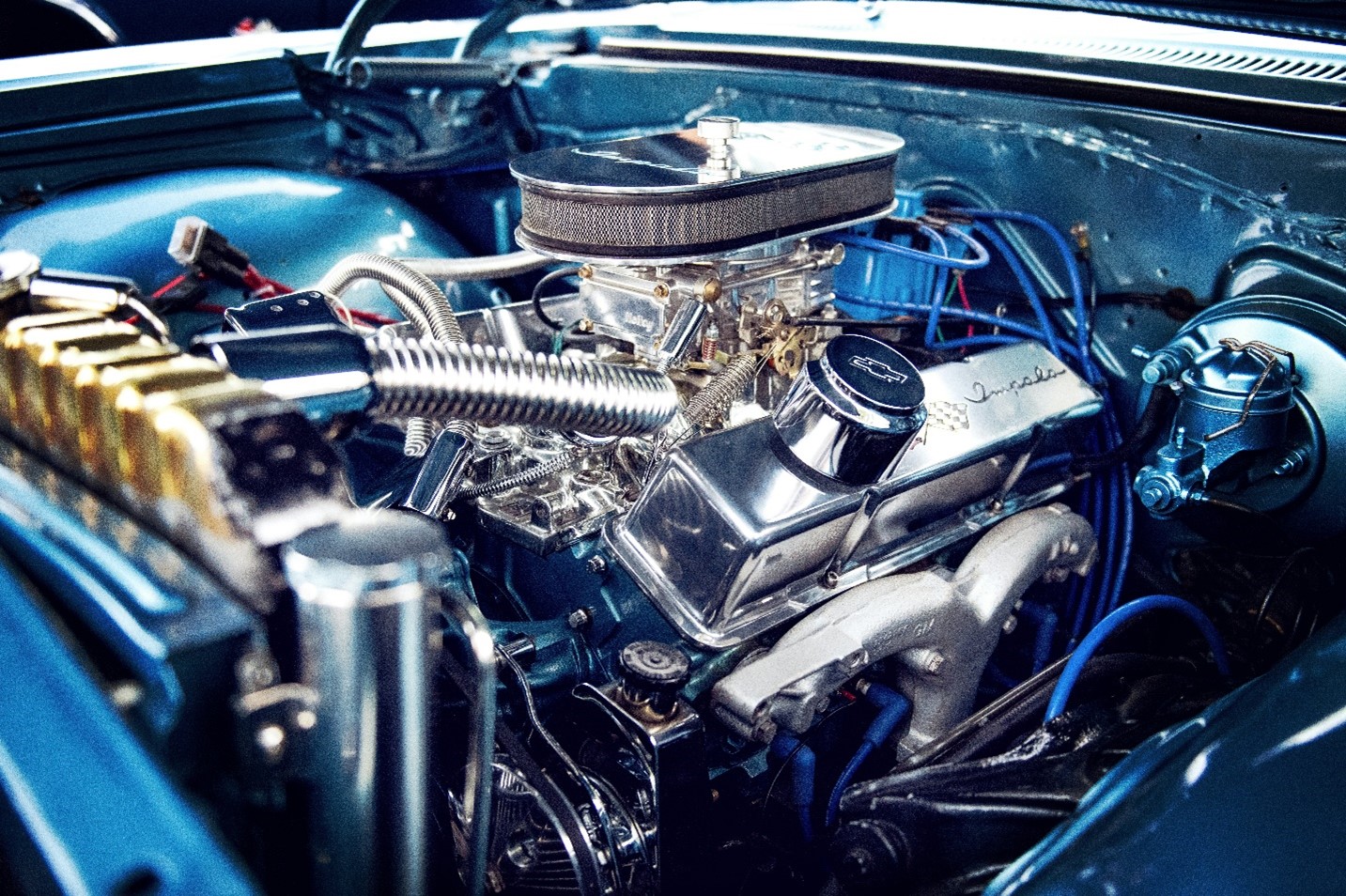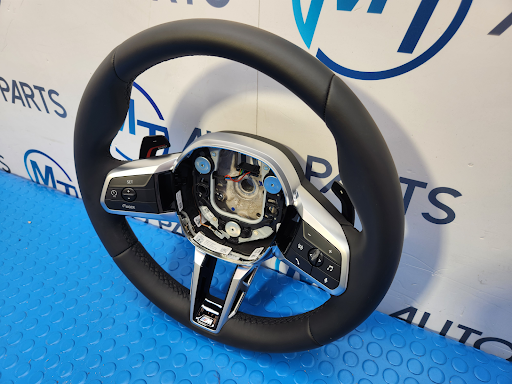
Photo by Tim Mossholder on Unsplash
Many motorists don’t even know what an air oil separator is, nor the benefits they can provide to your vehicle. To put it simply, an air oil separator is an addition to a car’s engine that helps prevent oil and oil vapors from reentering gas chambers. This is particularly beneficial because it improves the lifespan of your car’s engine by preventing oil buildup.
What is an Air Oil Separator
Going into more detail, an AOS is primarily used in performance vehicles. This is because the engines are significantly more powerful and cause more oil and oil vapor to enter the intake systems and build up. This phenomenon is called “blow by”, which is common in high-compression vehicles. However, an AOS is beneficial to all vehicles regardless of performance.
An AOS is only made up of a few components, typically a chamber/bowl, attached to the airline. Inside the chambers are oil separator membranes for cars which functions as the filter. The chamber itself is designed in a way that it will siphon the heavier oil, and oil vapor down into it, and only output the fuel itself to the intake system. Aside from those, the rest is a simple of seals, hoses, and connectors.
Benefits of an AOS
As mentioned previously, an AOS is an important addition to improving many aspects of your car’s engine. Some of those benefits include:
- Reduce Oil Buildup: The primary benefit of an AOS. If given enough time, oil will clog up the system, resulting in poor performance and maintenance costs. An AOS will siphon out any potential buildup.
- Oil Loss Prevention: Unlike a catch can, an AOS will filter oil back into the system in the appropriate location, resulting in no oil loss.
How to install an AOS
Fortunately, since an AOS serves a simple purpose, it also has a simple installation process. Any vehicle that has a crankcase ventilation system will have a much easier time, even more so if a catch can already exists in the system.
Installation Guide:
- Find and identify the PCV hoses in your engine.
- Find and identify a suitable location to place the AOS mounting bracket.
- Place the AOS mounting bracket.
- Disconnect the previously identified PCV hoses.
- Remove any old or existing catch can or AOS.
- Connect the PCV hoses to the AOS. Some require more than one hose.
- Mount the AOS with the attached hoses to the mounting bracket.
- Reconnect the remaining hoses.






